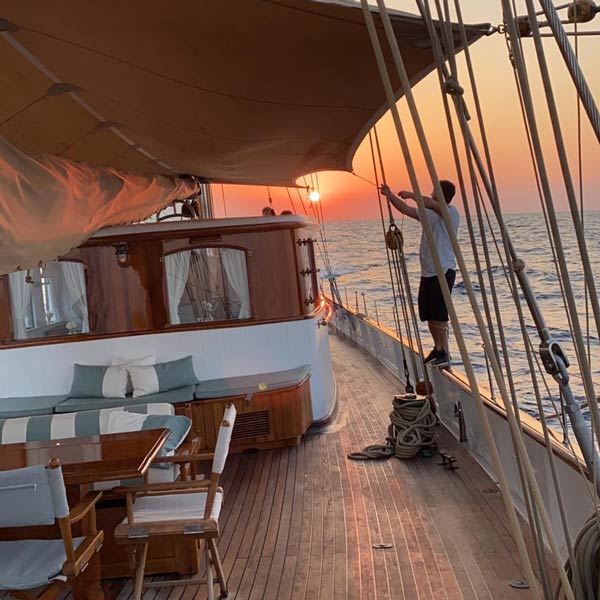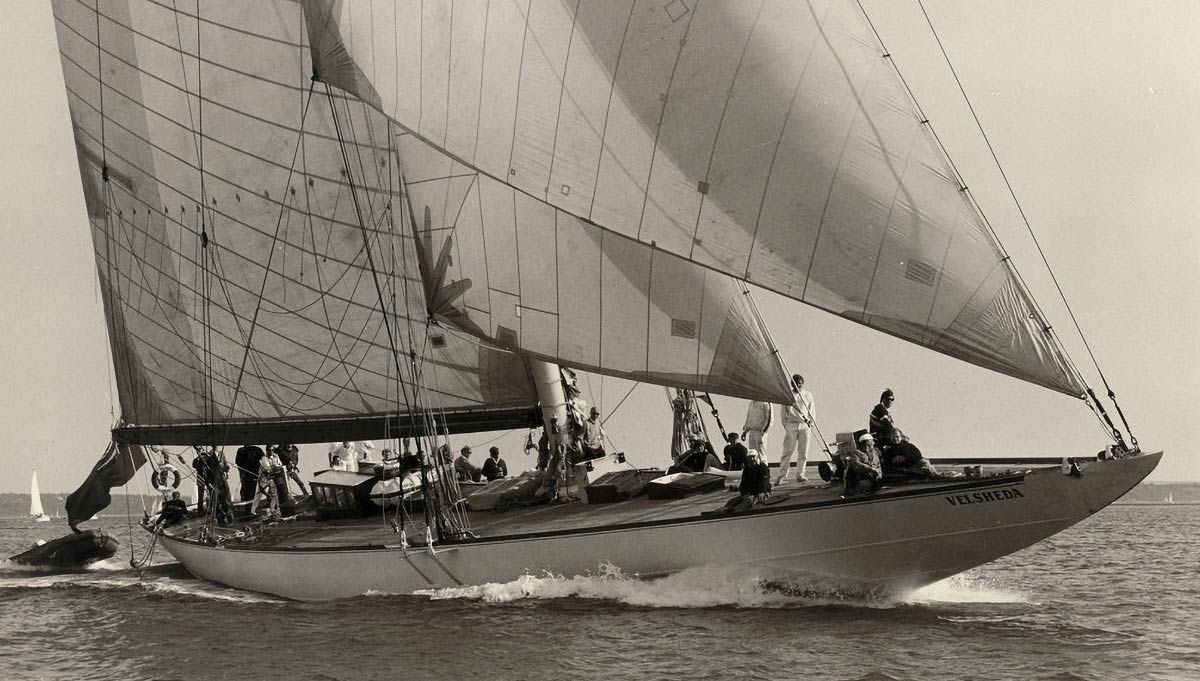
Velsheda

Velsheda
The enduring appeal of the classic yacht
Classic yachts still draw a large number of owners to their charms and quirks. What is it about these historic craft that appeals so strongly to our inner Onassis?
What is it that makes a yacht a classic? There are plenty of iconic superyachts; some launched in the past couple of years, some date back to the early days of designer Jon Bannenberg and beyond, but many would argue that for a classic to be a true classic it’s about age, a style, an ethos, and a harking back to the halcyon days of gentleman’s motor yachts and millionaire industrialists battling for honours in the America’s Cup.
It is certainly true that the late 19th and early 20th centuries saw a surge of famous names taking up the challenge for the one-on-one arms race that the America’s Cup has always represented, and at the time these leviathans represented the pinnacle of luxury yachting. From Lipton to Vanderbilt and Sopwith, challengers and defenders read like a who’s who of tycoons and magnates, and perhaps the golden age was the arrival of the J Class yachts in the 1930s. Slender, graceful, powerful and with towering single masts, the Js were the epitome of elegance and design. It is no surprise then that, when Elizabeth Meyer oversaw the refits of the three surviving Js – Shamrock V, Endeavour, and Velsheda – in the 1980s and 1990s, they once more rose to prominence, being hailed as among the most beautiful yachts afloat today.
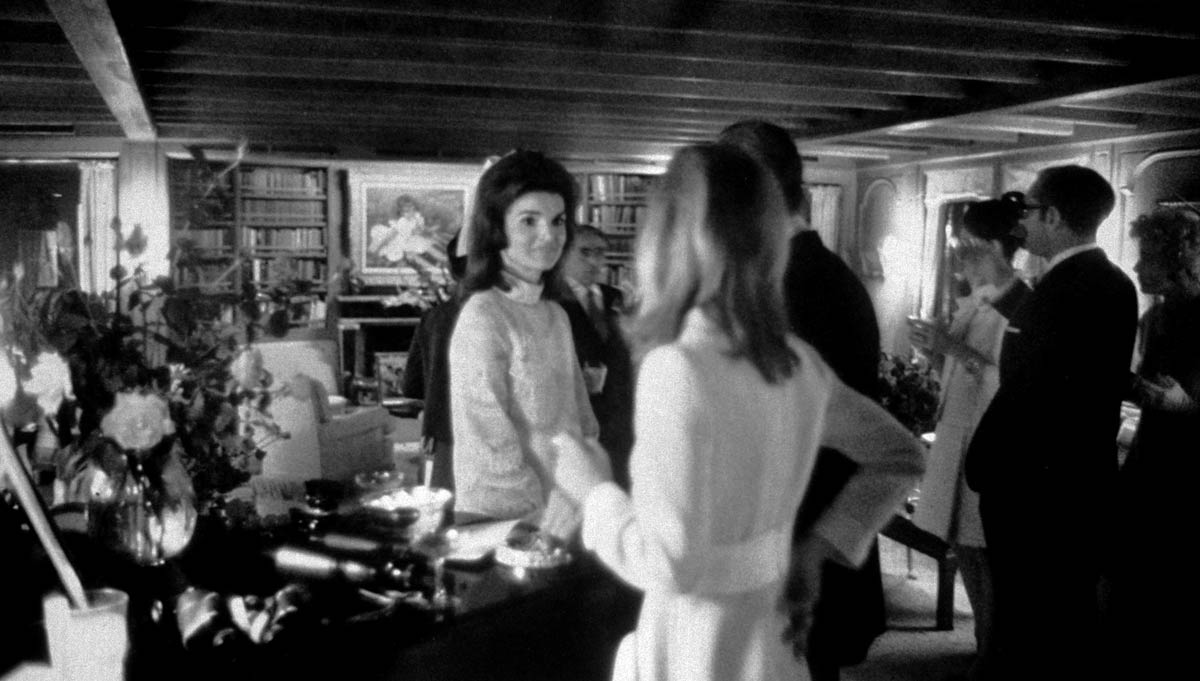
Jackie Kennedy Onassis on board Christina

Jackie Kennedy Onassis on board Christina
The same could be said for motor yachts of the period. Many were lost, have rotted away, or were seconded for military use during the Second World War, but images of glorious designs built for the likes of JP Morgan and Horace Dodge can’t fail to capture the imagination. A few do survive, admired and desired wherever they go.
For all the glamour of the Js and JP Morgans, it was perhaps self-made shipping magnate Aristotle Onassis who became the true progenitor of the modern superyacht lifestyle. His most famous yacht, the 99m Christina – which Onassis purchased as naval surplus for $34,000 in 1954 and then spent $4 million converting her – became the byword for glamour. This was no gentleman’s private cruising yacht – she played host to world leaders and A-listers, from JFK and Churchill to Grace Kelly, Marilyn Monroe, Greta Garbo, Richard Burton and Liz Taylor, and set the tone for the relaxed, barefoot superyachting lifestyle. It ushered in a time when yachts became measured not so much in metres, but in column inches, and Christina was queen.
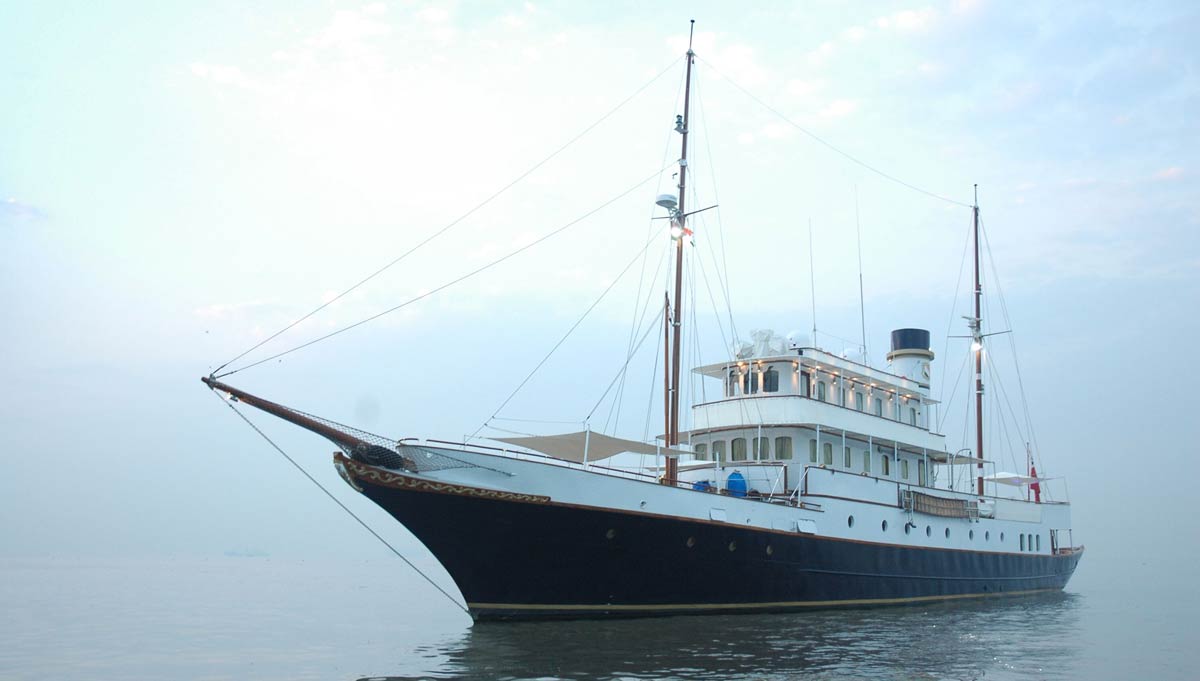
Kalizma

Kalizma
Such was the allure of yachting that Burton bought Taylor a yacht of her own in 1967 in the form of 50m Kalizma – a classic in her own right even then, having originally been launched in 1906 as Minona. The black and white images of Burton, Taylor and friends on board Kalizma still evoke to this day that idyllic glamour, and it is this, in part, that continues to draw owners to true originals from the period.
Alongside the glamour, there are also the looks. Like a classic E-Type or a Spitfire, there is just something about the way yachts used to be designed that holds allure. In the early days of naval architecture – before the advent of calculators and computational fluid dynamics – hulls were often drawn to the rule that if it looked right, it was right. It was a philosophy that seemed to pay dividends time and again, both for sail and motor yachts. For sure, classic yachts suffer when compared to modern yachts for volume or layout, but a classic will never be seen as just another white boat.
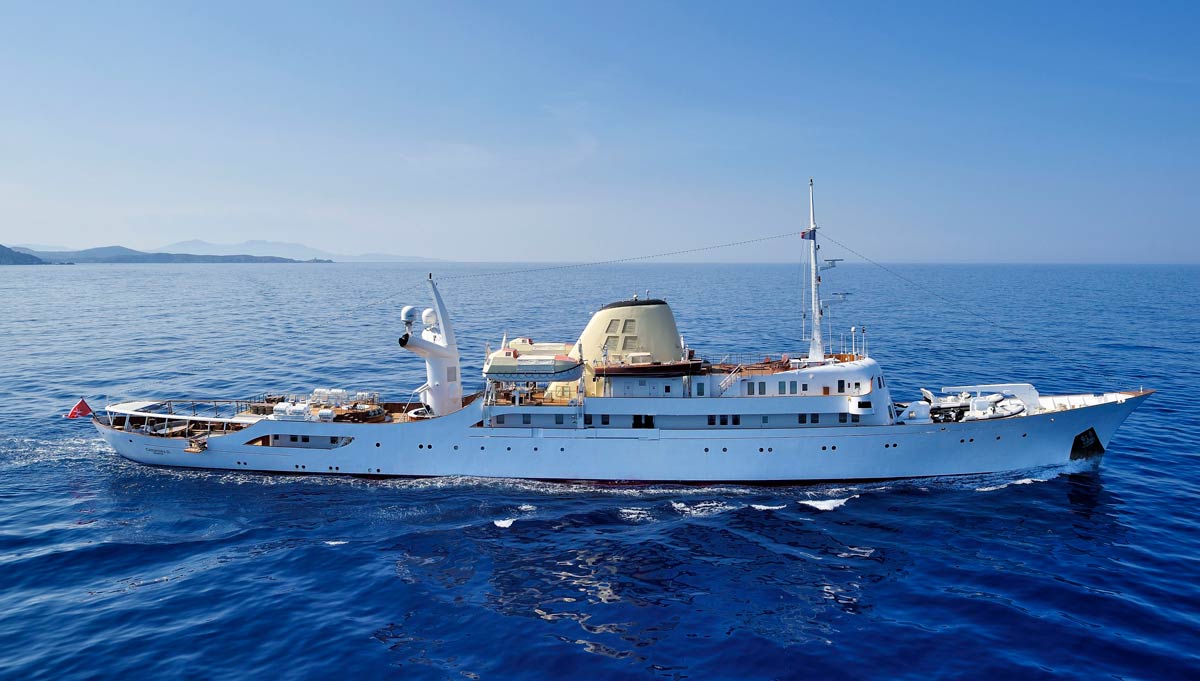
Christina O

Christina O
Perhaps that’s why owners such as Sir Charles Dunstone are prepared to sink time and resource into restoring a classic. His 65m yacht Shemara – originally built in 1938 – was relaunched in 2014 after a three-year refit that took an estimated one million man-hours of work. Christina too underwent a refit at the end of the 1990s after being rescued from decay by Onassis family friend John Paul Papanicolaou, who spent $50 million restoring her to her former glory. Now called Christina O she retains several of her most famous interior features, and as an in-demand charter yacht her enduring appeal to a modern clientele is proven.
That enduring appeal of the classic is evident from moves that shipyards are making to restore early yachts of their own making. For some, it has become more than just a preservation of their yard history. The Feadship Heritage Fleet, for example, was inaugurated in 2013 as a members’ club for owners of Feadships more than 30 years old. Today the membership list extends to some 70 owners, with the oldest yacht in the Heritage fleet dating back to 1933.
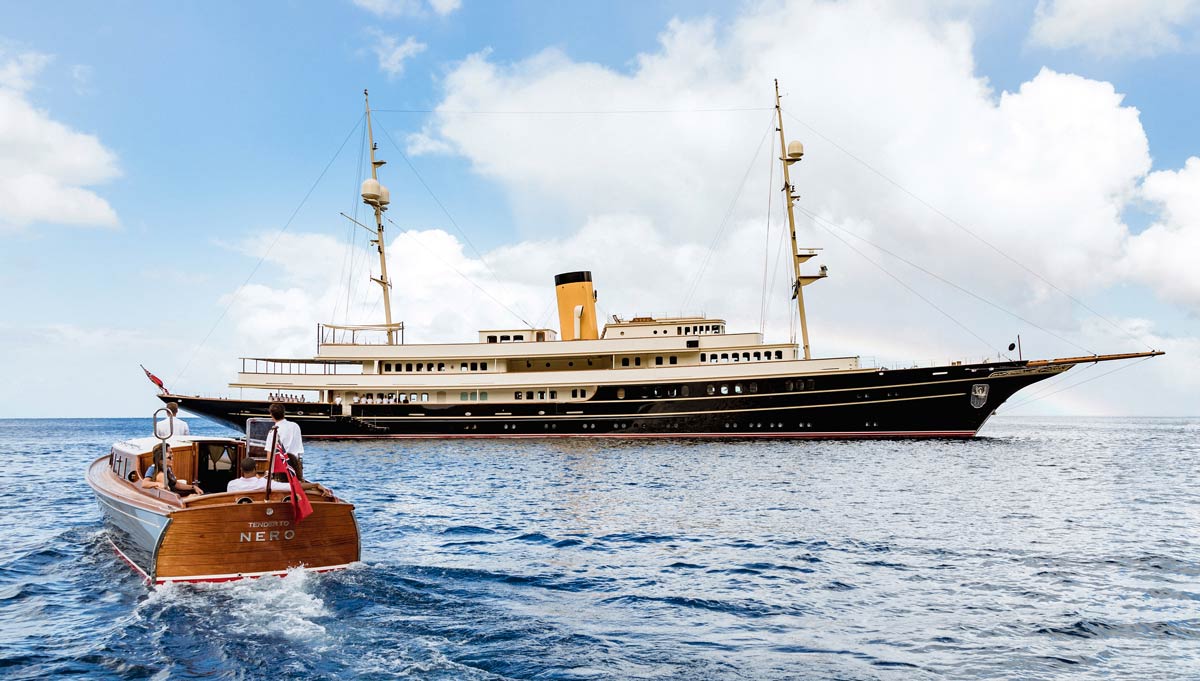
Nero. Photo: Burgess

Nero. Photo: Burgess
For others, however, the desire for a particular classic just cannot be realised through purchase and restoration. Entrepreneur Neil Taylor searched in vain for a motor yacht to restore from the era of JP Morgan, but when he turned up nothing he decided to build a replica, drawing inspiration from Morgan’s Corsair series. The result – which was built in a yard in China set up specifically for her construction – is the 90.1m Nero, launched to wide acclaim in 2007. She marks a perfect crossover between classic design and modern amenity – something that owners drawn to those original J Class yachts are also starting to enjoy thanks to the rebirth of J Class racing.
Following the three restored Js facing off during the 150th anniversary of the America’s Cup in 2001, interest grew, and with it came demand from those who wanted their own piece of history. A replica of Ranger was built in 2004 to join the three originals, and the J Class Association – founded in 2000 – agreed to allow more modern construction materials which further fuelled interest. As a result, prospective owners and shipyards delved into the design archives either to construct replicas or use the plans of Js that were never built originally. The J fleet now numbers nine yachts separated by 87 years – from Shamrock V to Svea – but each one a classic in its own right. And that, perhaps, is what the magic of the classic is, in essence – not age, but beauty.



